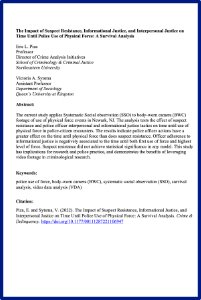By The European Parliament
Cannabis is by far the most commonly used illicit drug (referred to as drug in this briefing) in the European Union (EU), where its distribution, cultivation, possession and use (consumption) are largely prohibited. The prohibition of drug-related activities other than those performed for medical or scientific purposes is the defining feature of the international drug control system. Set up by the United Nations (UN), this system is composed of three complementary conventions, to which all EU Member States are parties. Various countries around the world have made use of the flexibility of the UN system, not applying criminal penalties in some cases (e.g. for possession of small amounts of drugs for personal use) or replacing them with administrative ones. The UN bodies monitoring compliance with the conventions seem to have come to accept these policy choices. However, they remain resistant to the still rare yet increasingly common practice of legalising the recreational use of cannabis, which may entail regulating drug distribution and sale in a manner akin to that for alcohol and tobacco. In the EU, drug policy has remained primarily the Member States' preserve. The EU has fostered the Member States' cooperation on law enforcement and health-related issues, while at the same time respecting their diverse philosophies on how to address recreational drug use. National approaches range from very restrictive policies that prioritise criminal law responses, to more liberal ones that focus primarily on reducing the health and social harms resulting from drug use. In 2021, Malta became the first Member State to legalise recreational cannabis, and since then several others have taken steps that could potentially lead to similar drug policy reforms.
Brussels: European Union, 2023. 12p.





















